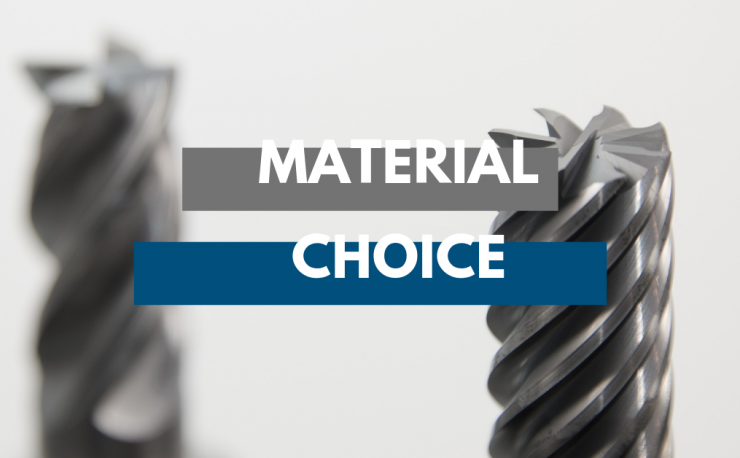Fastener Distributor FAQs | What Are the Benefits of Cap Nut Fasteners?
OEMs are driven to perfect and improve their products, constantly striving for cost efficiency, increased production and the competitive edge. Your fastener distributor offers excellent advice in this regard, since it’s their business to provide OEMs with cost efficient solutions and innovations. Cap nut fasteners are one such solution that many OEMs can take easily take advantage of.
What Are Cap Nut Fasteners and Why Does Your Product Need Them?
Cap nuts hide the unattractive and potentially damaging end of bolts and cap screws. They provide a seamless, smooth look for finished products and help to improve conditions in applications involving insulation (buildings, boats, automobiles, etc.)
Look for cap nut fasteners on everything from an RC airplane to electrical panels, cars, and stereo cabinets. They are made to resist vibration and even act like a spanner washer to distribute the fastener load across a wider area.
Some cap nuts can be painted to match the surrounding surface, providing a clean look to your product. They also come in a broad range of profiles, sizes and designs. The standard design uses a dome shape to soften the end of bolts and screws. Other designs, like a deep draw cap nut, allow more space for longer fasteners or those with blunt tips.
How Are Cap Nuts Installed?
Most cap nuts are threaded for maximum reliability. Others use multiple contact points to hold the nut in place, as opposed to threads that mate with the applicable bolt. The latter design allows you to use cap nut fasteners on virtually any fastener, as long as the size and profile work. Some contact point brands use an insert to provide better grip around the shaft circumference.
Threaded cap nut are tightened with a wrench, while contact point cap nuts are pushed on by hand or gently tapped on using a rubber mallet. Order them in your preferred color and finish for the quickest, cleanest assembly.
Keep up with production and create an improved finish using cap nut fasteners. Whether your application calls for threaded cap nuts or those designed to use contact points, ask your fastener distributor about how the benefits of cap nuts can add value and a competitive edge to your product.



